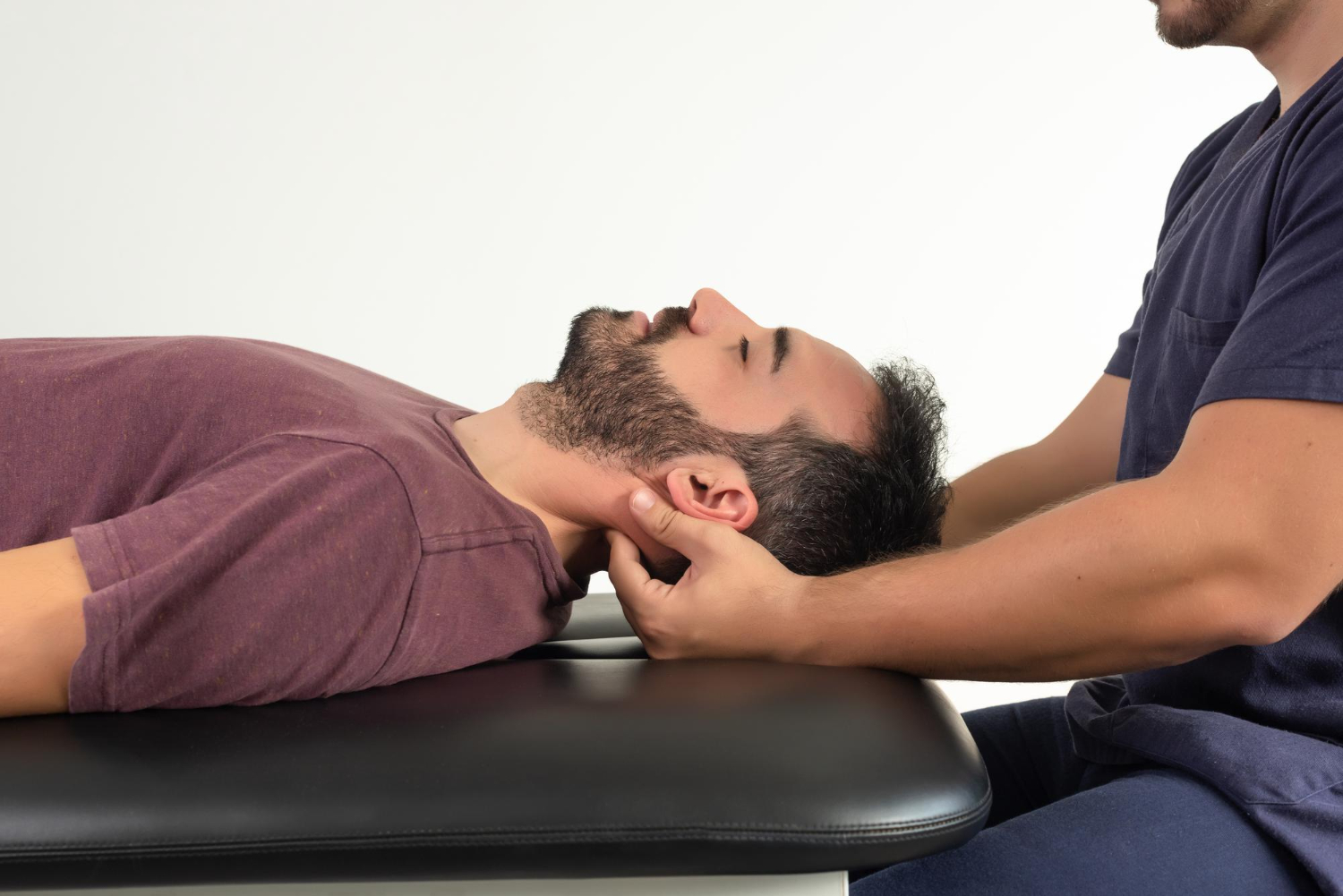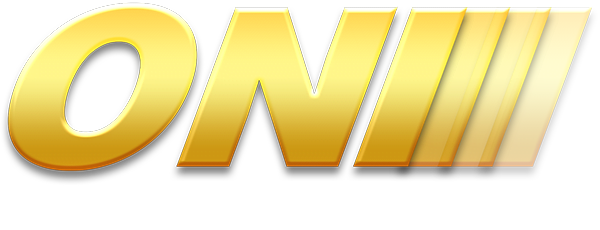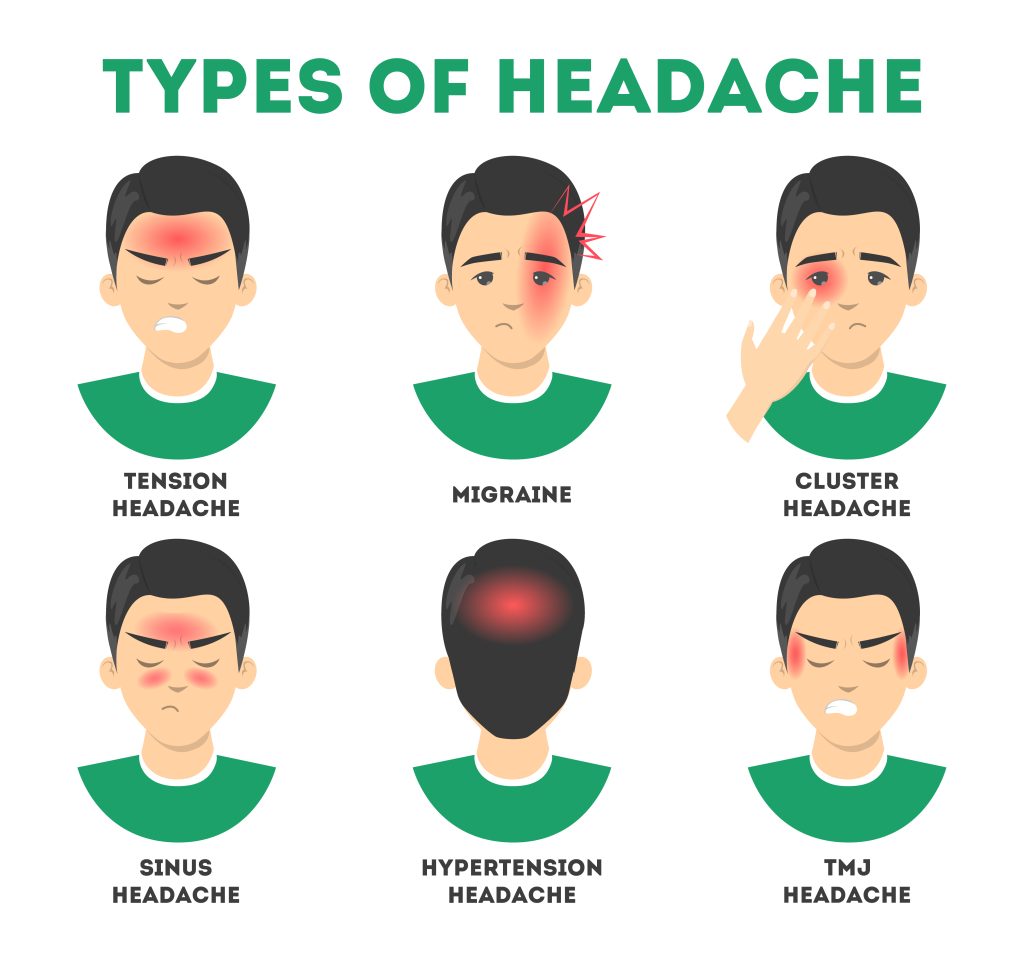A headache is a pain or discomfort in the head or upper neck region. It can vary in intensity and duration and may be caused by various factors, including tension, stress, medical conditions, or other triggers.
Headaches can be categorized into different types, such as tension headaches, migraines, or cluster headaches, each with its own characteristics and causes. Headaches can range from mild and temporary to severe and chronic, and they can significantly impact a person’s daily life and well-being.
Possible causes of headaches
Muscle Tension: Tension-type headaches are often associated with muscle tension in the neck, shoulders, and upper back. Poor posture, stress, and overuse of neck and shoulder muscles can contribute to this tension, leading to headaches.
Cervical Dysfunction: Cervicogenic headaches are believed to originate from problems in the neck or cervical spine. These headaches can result from conditions such as cervical joint dysfunction, nerve compression, or muscle imbalances in the neck.
Postural Issues: Incorrect posture, especially during prolonged sitting, can strain the neck and lead to headaches.
Neck Injuries: Past neck injuries, such as whiplash from a car accident or a sports injury, can cause ongoing issues that contribute to chronic headaches.
Stress and Tension: Emotional stress can lead to muscle tension, particularly in the neck and shoulder area, which may trigger tension-type headaches. Stress can affect breathing patterns too by engaging more neck and shoulder breathing resulting in overuse of these muscles connected to the neck and head.
Dysfunction in the Temporomandibular Joint (TMJ): Problems with the TMJ, which connects the jaw to the skull, can refer pain to the head and lead to headaches.
Habitual Movement Patterns: Repetitive or abnormal movements of the head and neck, as seen in some occupational settings, can contribute to headaches over time.
Inflammatory Conditions: Inflammatory conditions affecting the cervical spine or surrounding tissues can also lead to headaches.

How can Physiotherapy help?
Detailed Assessment and Consultation: Finding out the root cause and the treatment of symptoms to promote long-term relief.
Soft Tissue Techniques: Physiotherapists may use techniques such as manual therapy, massage, or myofascial release to alleviate muscle tension in the neck and upper back as well as mobilise cervical joints to provide relief.
Postural Education: Teaching patients proper posture and ergonomics can help reduce strain on the neck and shoulders.
Corrective Exercise and Stretching: Prescribing specific exercises and stretches to improve strength, flexibility, and mobility in the neck and upper back can be beneficial.
Education and Lifestyle Modification: Providing patients with strategies to manage stress, improve sleep, and maintain a healthy lifestyle can be essential in headache management.
Having a headache or know someone who has them?
Don’t let headaches affect your daily routines.
Chat with us with the link below to find out how we can help!
















